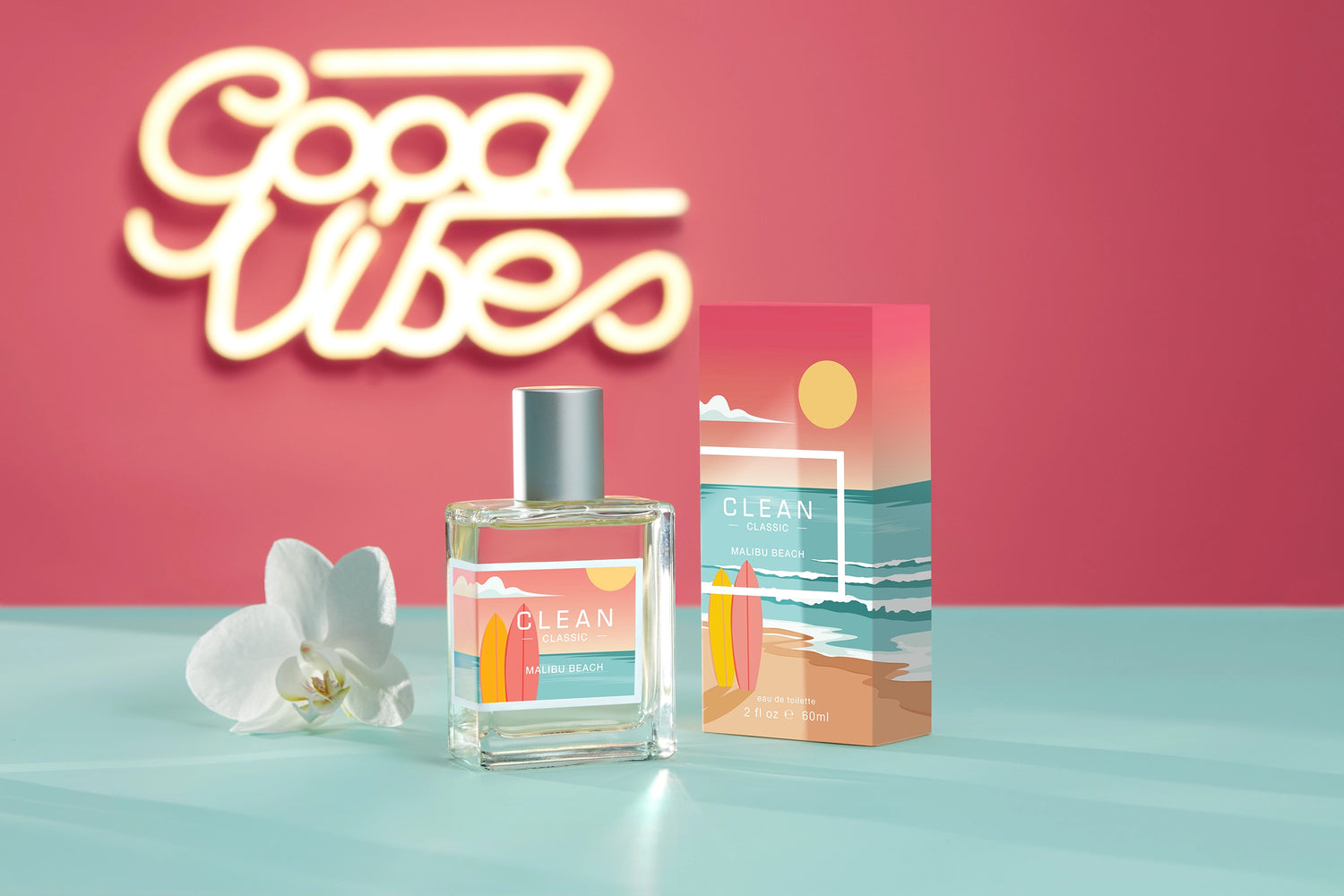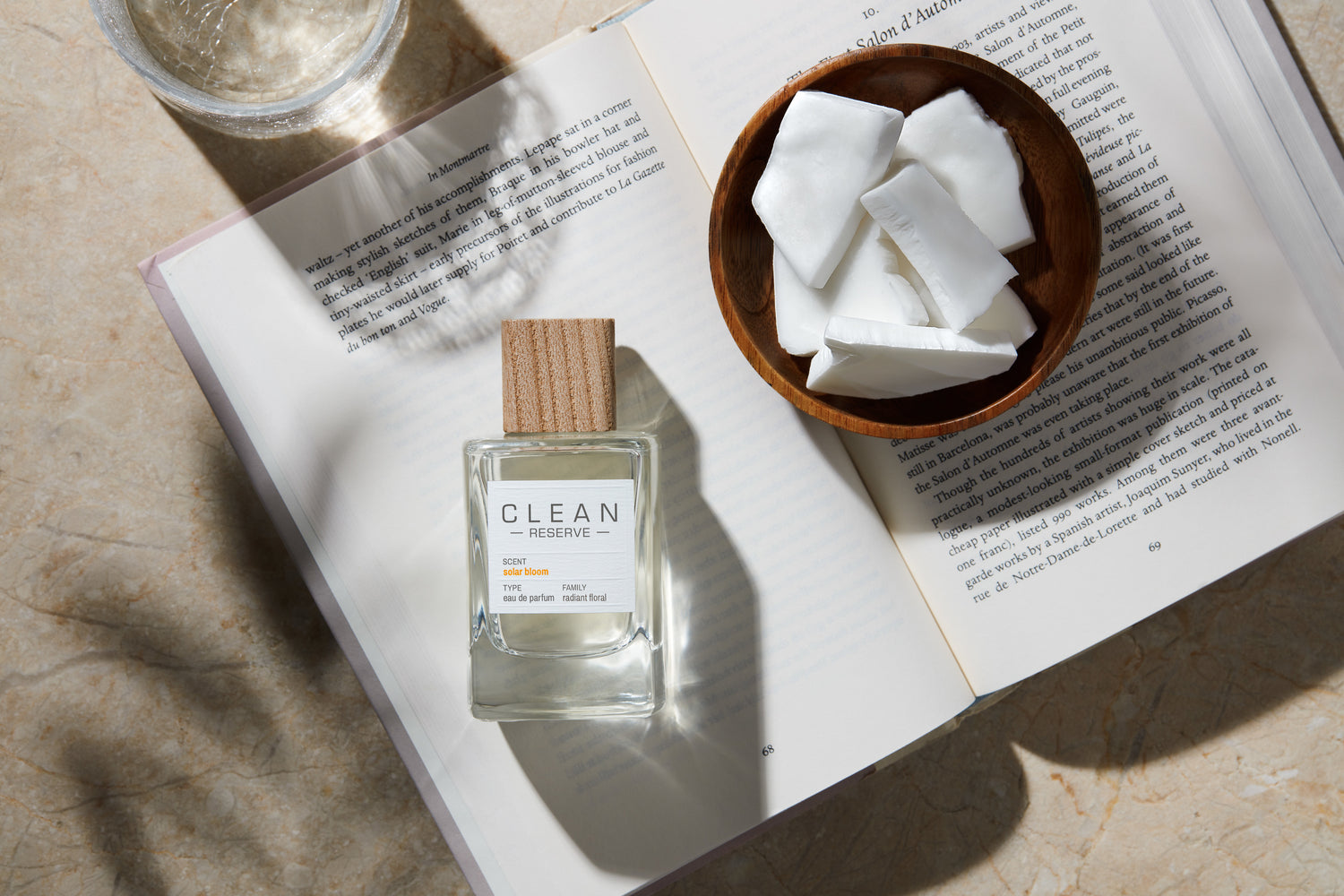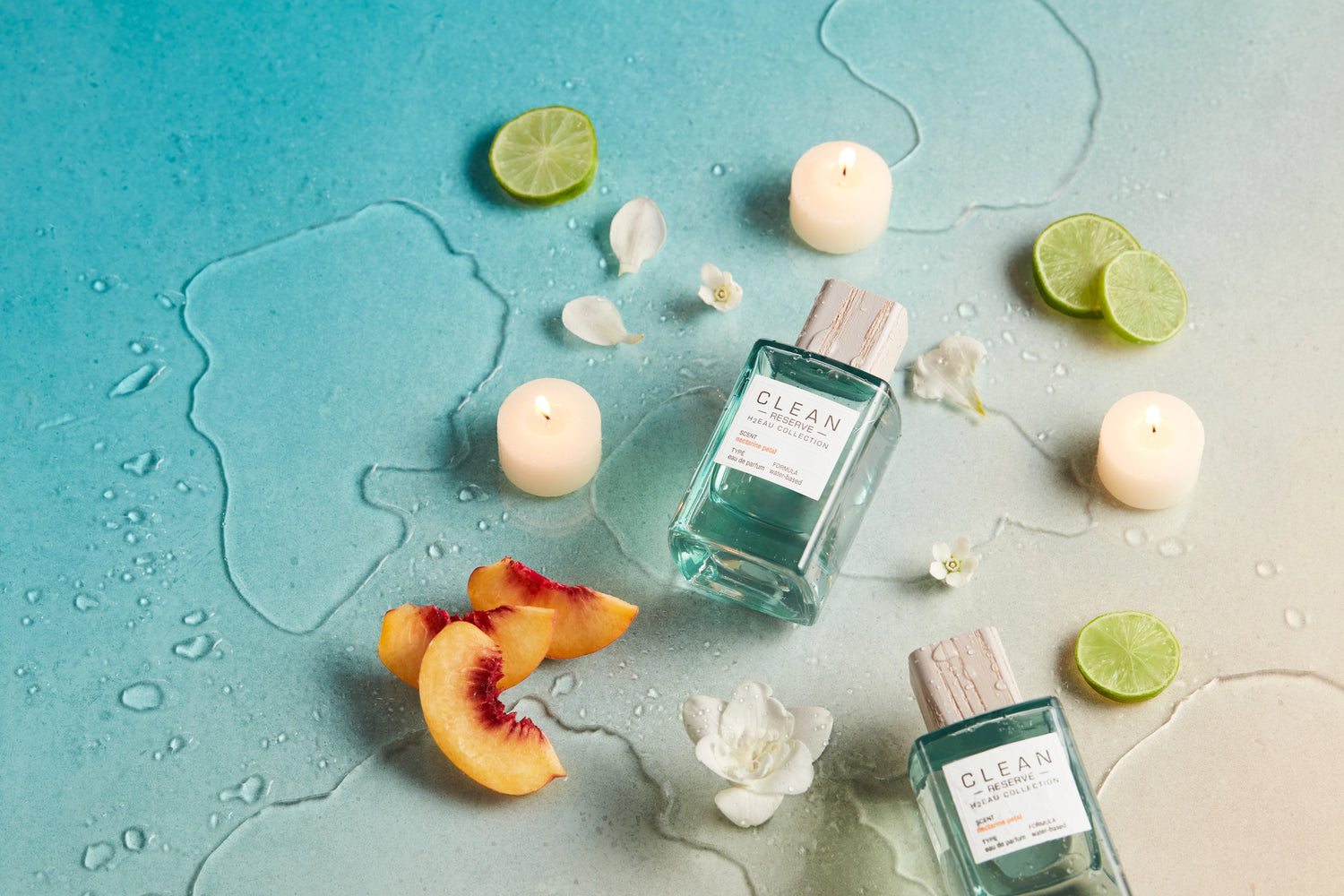As better-for-you beauty is taking over the world, it can be hard to navigate the sea of options or understand what “clean” actually means. Some products also play the label game and while they may have a long “no” list of ingredients they don’t use, they could still test on animals. Or they might not be sustainable. We’ll help you decode the buzzwords and discover what’s safest for you and the earth.
“Clean”
What makes something “clean” in the first place?
There isn’t one set definition by The Food and Drug Administration (the FDA) and this is part of the problem. In general, the FDA largely leaves the beauty industry to regulate itself, which means there’s little stopping any company from using “natural” or “organic” on their labels. No part of the law defines standards for any of these terms—hence why brands give their own meaning to “clean”, too. Thanks to scientific studies, most in the industry can agree that “clean” denotes an absence of chemicals known to be harmful to humans, including parabens, sulfates and phthalates.
To us, a “clean” product means it contains only the safest ingredients for both you and the planet. In everything that we make, we eliminate sixteen ingredients which have been shown to be dangerous to your health or the environment. Check out the full list here.
Parabens and Phthalates
These chemicals are probably two of the biggest offenders you hear about most. Check labels for both and it’s best to avoid anything that contains either. But what are they and why are they bad?
Parabens
These are preservatives used in food, cosmetics or pharmaceutical products to prevent bacteria from growing. We avoid them because they can cause allergic reactions upon skin contact. Parabens can also accumulate in the environment and in animals as they travel into the sewage systems after being washed out from products people use.
Phthalates
Phthalates are plasticizers (help increase flexibility of a material) and solubilizers (help make an ingredient dissolve). You can find them in fragrances, color cosmetics and more. They have been shown to disrupt hormones and most are strongly linked to risk of cancer. Evidence also points to environmental effects on aquatic life.
Cruelty-Free
It’s a safe bet that if a brand doesn’t say they are cruelty-free on their label, they probably conduct animal testing or employ a company to do so on their behalf. So while excluding many toxic ingredients from a product is great, sacrificing defenseless rabbits, mice, cats and more to test its safety is inhumane and far from clean, in our eyes. There are many other alternative forms of testing available, several of which have proven to be more reliable than using animal subjects. Our furry creatures are part of this planet and we’d never test on them for any of our products.
Sustainable
To pinpoint exactly what this means, we need to only look at the word itself: something that is sustainable is able to be sustained. In other words, it can continue on for a long period of time, without interruption. Our products are sustainable because they contain ingredients that are cultivated responsibly to avoid depletion of the planet’s natural resources. Harvesting them in an ethical way allows them to be sourced for a long time. If a brand says they are sustainable, look into their manufacturing processes or ingredient lists and see how they justify this claim to determine its validity.
With a little homework you can uncover which products are true to their label, which items to keep or toss and the brands that value you and the earth above all.





